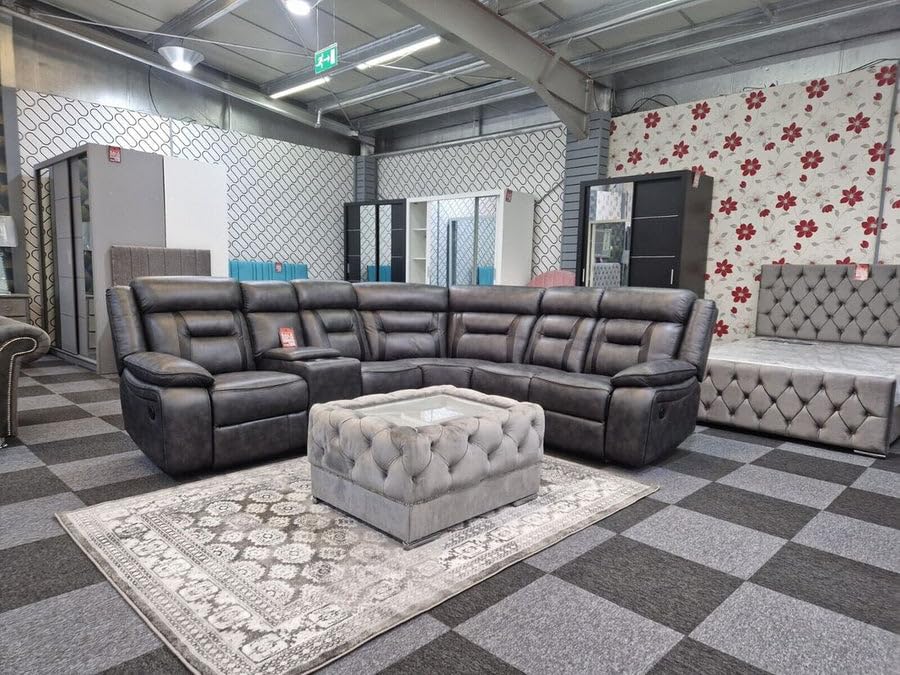Buying a Leather Recliner
Buying a leather recliner is an investment. It's crucial to look after it effectively. This includes regularly vacuuming it, cleaning it with leather cleaner and conditioning it every 6 months. Conditioning helps keep the leather soft and stunning. It likewise prevents it from drying and splitting. You ought to avoid exposing it to direct sunlight as well.
Comfort
When picking a new recliner, comfort is a crucial consideration. However, it is likewise crucial to consider the style of your living room and other furnishings. A leather recliner is readily available in a variety of colors, fabrics and designs to match any taste and decoration. Select from classic tones like warm chestnut and dark molasses, along with black. Other popular choices consist of smoky gray, deep forest green and berry red. Much of these chairs feature eye-catching ornamental accents, such as nailheads.
While this website is the favored product for a lot of people, there are other choices as well. Material upholstered reclining chairs are readily available in soft and resilient materials such as velvet and microsuede. They are typically more fragile in style than strong leather chairs, however they use the exact same comfort and functionality. In addition to their sturdiness and comfort, these reclining chairs are simple to tidy. They can be vacuumed utilizing a portable attachment or cleaned down with a damp cloth. They should also be conditioned every six months to keep them soft and stunning.

Norwegian Comfort integrates the science of body-correct ergonomics with old-world craftsmanship to develop a world-leading line of reclining sofas and chairs. Their chairs are designed and engineered by their own item advancement team in Sykkylven, Norway-- understood for its high mountains and deep fjords.
Toughness
When picking a leather recliner, it's crucial to think about the toughness of the product and building. A durable and top quality piece of furniture will last a long time, and can stand up to routine use. Additionally, proper upkeep and care can assist extend the life-span of a leather chair. Routine cleansing, conditioning, and protection from sunshine will help prevent the material from drying or splitting in time.
The most typical product for a recliner is leather, which has a classic elegance that adds a classy and elegant feel to any living space. Source is also easy to clean and is a great choice for those who are sensitive to irritants. Leather is available in a range of colors, permitting you to match it with your home's decor. It's also more costly than other materials, however the financial investment might deserve it in the long run.
Besides the product, it is likewise crucial to consider the frame and reclining system of your recliner when identifying its toughness. A strong frame made from metal or wood supplies stability and resilience, while a dependable reclining system guarantees that the chair is safe to use. Additionally, you must think about how often you'll be utilizing the recliner and whether it will be used by children or family pets.
Leather is a natural product that comes from animal skin and is treated through a procedure called tanning. The natural colours and variations in each conceal make it distinct, while the natural oils keep it water-resistant and stain-resistant. A well-maintained leather recliner need to last 20 years or more. However, you ought to be conscious of the quality of leather you're acquiring; most mass-produced reclining chairs utilize low-grade "bonded" leather, which will flake and peel with time.
If you're searching for a more budget-friendly choice, you can choose a material recliner. They're soft, relaxing, and slow to take in heat. They're easier to clean up and come in a wide variety of designs. In addition, they're normally cheaper than leather reclining chairs. However, they need more frequent cleaning and may not last as long. It's best to vacuum and clean down the furniture routinely to eliminate dust and dirt. In addition, you should always use a leather conditioner to the fabric.
